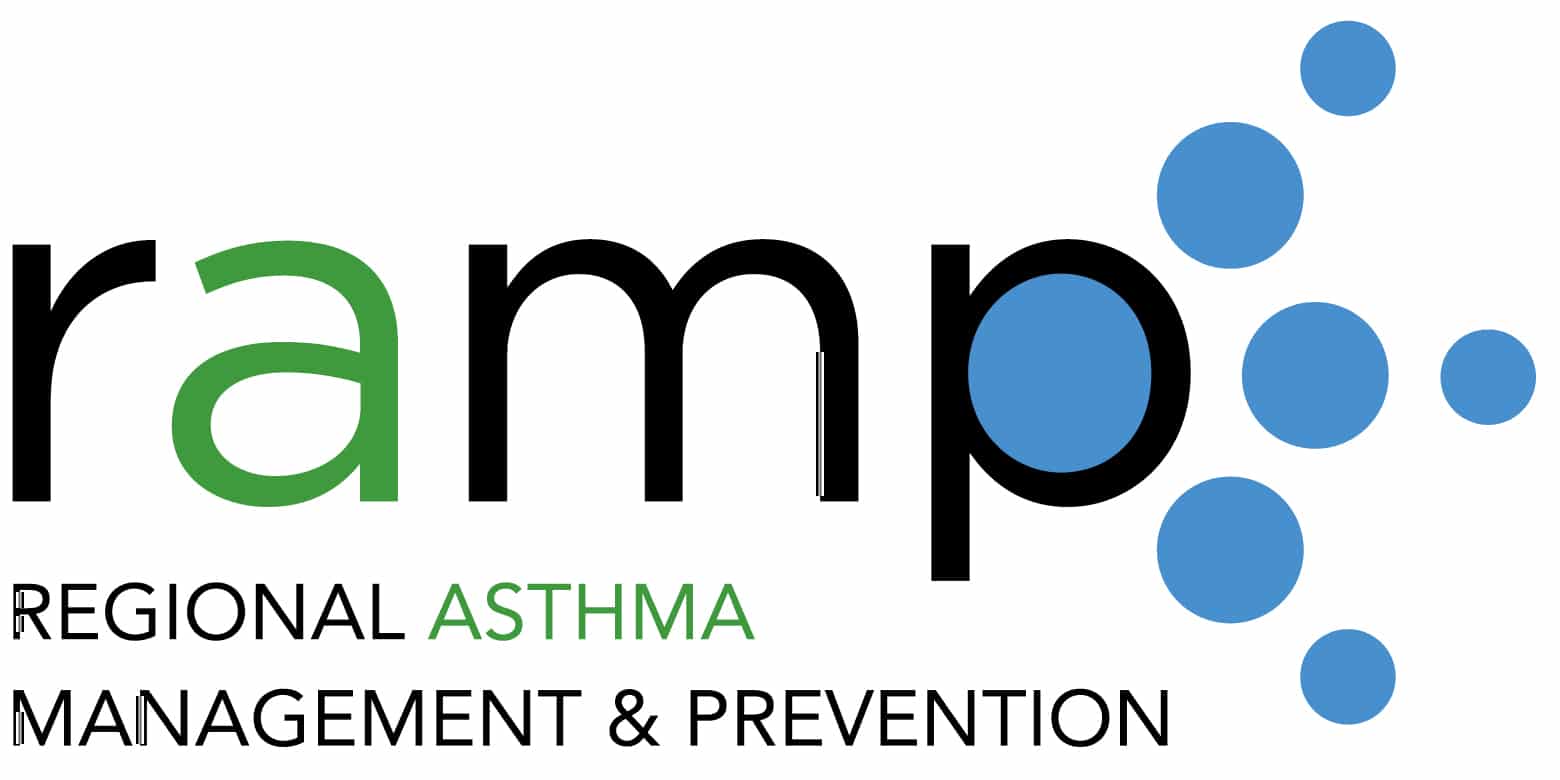
Studies & Reports
One of our core strategies at RAMP is to keep the asthma field abreast of best practices, timely opportunities, and emerging research in order to build capacity for reducing the inequitable burden of asthma. We do this by cultivating an extensive hub of asthma-related information across a wide range of topics, including asthma management and healthcare, housing, air pollution, schools, the built environment, and more.
The majority of studies and reports that you’ll see below were published by partner organizations, agencies, and research institutions. To specifically see resources created by RAMP, check out RAMP Tools & Publications.
Would you like new opportunities and resources delivered right to your inbox? Then sign up for the RAMP Digest, our e-newsletter.
-
The IMAGINE Study: A Randomized Control Trial Focused on Understanding the Correlation Between Adherence and Technique in Children with Uncontrolled Asthma
The IMAGINE study utilized a three-phased randomized control trial in children to understand the often assumed correlation of adherence and technique. The results were published in the 2025 article The Correlation Between the Level of Therapy Adherence and Inhalation Technique in Children with Uncontrolled Asthma Using a Smart Inhaler: The IMAGINE Study, Results from 32…
-
Study Evaluating Pediatric Emergency Healthcare Visits Related to Extreme Heat in Ontario, Canada
In June 2025, the study, Extreme Heat and Pediatric Health in a Warming World: A Space-Time Stratified Case-Crossover Investigation in Ontario, Canada, was published to better understand the specific impacts of extreme heat events (EHEs) on child health. Analyzing emergency healthcare data from 2005 to 2015, researchers found that EHEs led to substantial increases in…
-
American Lung Association Releases Report on the Impacts of Eliminating the CDC’s Office on Smoking and Health
Ahead of World No Tobacco Day on May 31, 2025, the American Lung Association released a new report, Lifesaving Programs to Prevent and Reduce Tobacco Use Go Up in Smoke, examining the devastating impact of eliminating the CDC’s Office on Smoking and Health. With tobacco use still the leading cause of preventable death in the…
-
National Population-Based Cohort Study Evaluating the Connection Between New-Onset Asthma and COVID-19
Since the COVID-19 pandemic, concerns have arisen about potential long-term health effects. An article titled, “Increased Risk of New-Onset Asthma After COVID-19: A Nationwide Population-Based Cohort Study,” used the Korean National Health Insurance claim-based database to understand the connection between COVID-19 diagnosis, COVID-19 vaccination, and new-onset asthma or lack thereof. The results showed that individuals…
-
Stark Findings from the American Lung Association’s 2025 “State of the Air” Report
The American Lung Association’s State of the Air 2025 report reveals a troubling reality: 156 million people, nearly half of people in the U.S., live in counties that had unhealthy levels of ozone or particle pollution. This national report analyzes data from official air quality monitors and compiles the results about two of the most…
-
Study on Optimizing the Patient-Centered Approach to Managing Severe Asthma
A 2025 study released in PubMed highlights the significant burden severe asthma places on patients, emphasizing overlooked needs beyond physical symptoms. It examines four key issues: fatigue, sleep disturbances, physical inactivity, and reduced work productivity. Fatigue affects up to 90% of patients, while sleep disturbances impact 70-75%, both impairing daily function and quality of life.…
-
Study Suggests Linkage Between the Weekly Use of Disinfectants and Cleaning Products and Asthma
In December 2024, a study analyzed long-term exposure to disinfectants and cleaning products (DCPs) and identified five usage profiles among 1,143 German adults aged 19–34. Researchers found that only persistent weekly use of multiple DCPs over time was linked to a higher risk of asthma and wheezing. However, due to wide confidence intervals, uncertainty remains.…
-
Preliminary Data Shows Increase in Emergency Department Use During the Los Angeles County Wildfires
In January 2025, the wildfires in Los Angeles County burned approximately 40,000 acres, destroyed approximately 16,000 structures, and killed at least 29 persons. The CDC’s Morbidity and Mortality Weekly Report noted that emergency departments (EDs) experienced an eightfold increase in the average percentage of ED encounters classified as wildfire-associated. Near real-time surveillance of health outcomes…

